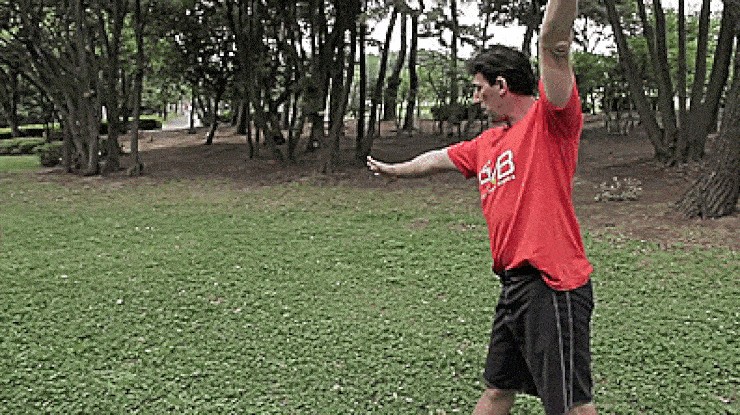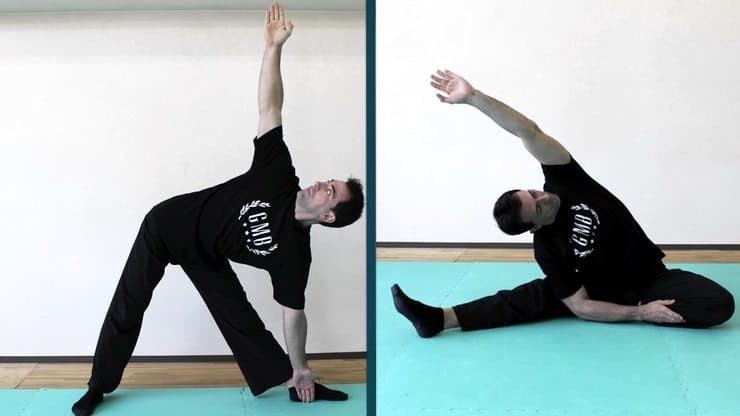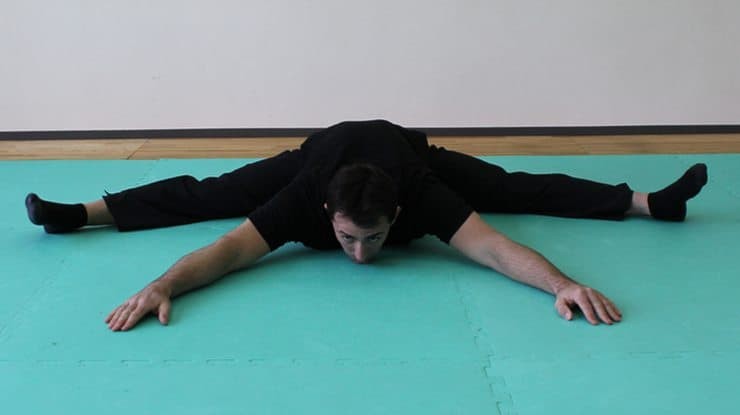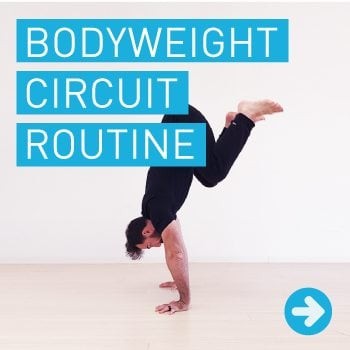Cartwheels are a fun and impressive skill for people of all ages. While they might seem like child’s play, many adults struggle with this seemingly simple movement. This guide will provide a step-by-step tutorial on how to learn a cartwheel, even if you haven’t tried one in decades. We’ll also cover common challenges and offer exercises to improve your strength and flexibility for mastering this skill.
Cartwheels may seem daunting for adults, but they offer surprising benefits. They’re not just fun; they’re a fantastic way to assess and improve key areas of strength, mobility, coordination, and agility. This article will guide you through the process of safely learning a cartwheel, regardless of your age or fitness level.
Understanding the Mechanics of a Cartwheel
Although cartwheels appear simple, they require coordinated movements. To successfully execute a cartwheel, you need to understand how different body parts work together:
- Legs: Your lead leg initiates the movement and dictates the direction. It should be pointed straight along your intended path of travel.
- Hands: Your lead hand (same side as the lead leg) starts in the air, palm facing forward, aligned with your lead foot. The other hand follows.
- Upper and Lower Body: Maintaining alignment between your upper and lower body in a vertical plane is crucial for a smooth transition and a controlled landing.
Overcoming the Adult Cartwheel Challenge
Why is learning a cartwheel as an adult often more challenging? Several factors contribute to this:
- Body Size: Adults generally have larger bodies than children, making them harder to maneuver.
- Flexibility: Adult flexibility often decreases with age and lack of practice.
- Fear: Adults may develop a fear of being upside down, hindering their willingness to try.
Addressing these challenges requires a progressive approach that builds confidence and develops the necessary physical attributes.
The key is to practice with progressions that minimize fear and gradually build strength, flexibility, and control.
Mastering the Cartwheel: A Step-by-Step Progression
Here’s a breakdown of the cartwheel into manageable steps:
| Progression | Details |
|---|---|
| Progression 1: The V-Shape | Start by stepping off to the side of an imaginary line. Place one hand on the line, then the other, allowing your legs to follow in a V-shape. Focus on coordinating hand and foot placement. |
| Progression 2: The Straddle Jump | Begin on the line with your lead leg forward. Place your hands down one at a time, then jump your legs over. Prioritize keeping your legs uncrossed. |
| Progression 3: The Straight Line Cartwheel | Refine your technique to start and land on the line. Work towards keeping your legs straight throughout the movement. |







Addressing Common Challenges: Strength and Flexibility
If you struggle with specific aspects of the cartwheel, focusing on these areas can significantly improve your progress:
1. Wrist Strength and Mobility
Weak or inflexible wrists can hinder your ability to support your body weight. Implement wrist exercises to build strength and mobility.
2. Side Bending Flexibility
Limited side bending can restrict your range of motion. Incorporate stretches like the triangle pose and half pancake to improve flexibility in this area.
3. Hip Mobility
Tight hips can also hinder cartwheel execution. Practice stretches like the pancake stretch to improve hip mobility.
Taking Your Cartwheel to the Next Level
Once you’ve mastered the basic cartwheel, you can explore more advanced variations:
- One-Arm Cartwheels
- Butterfly Kicks
- Aerials (No-Hand Cartwheels)
Building Strength and Agility for Cartwheels and Beyond
Developing overall strength and agility will enhance your cartwheel performance and benefit other physical activities. Consider incorporating a comprehensive bodyweight training program to improve your fitness level.